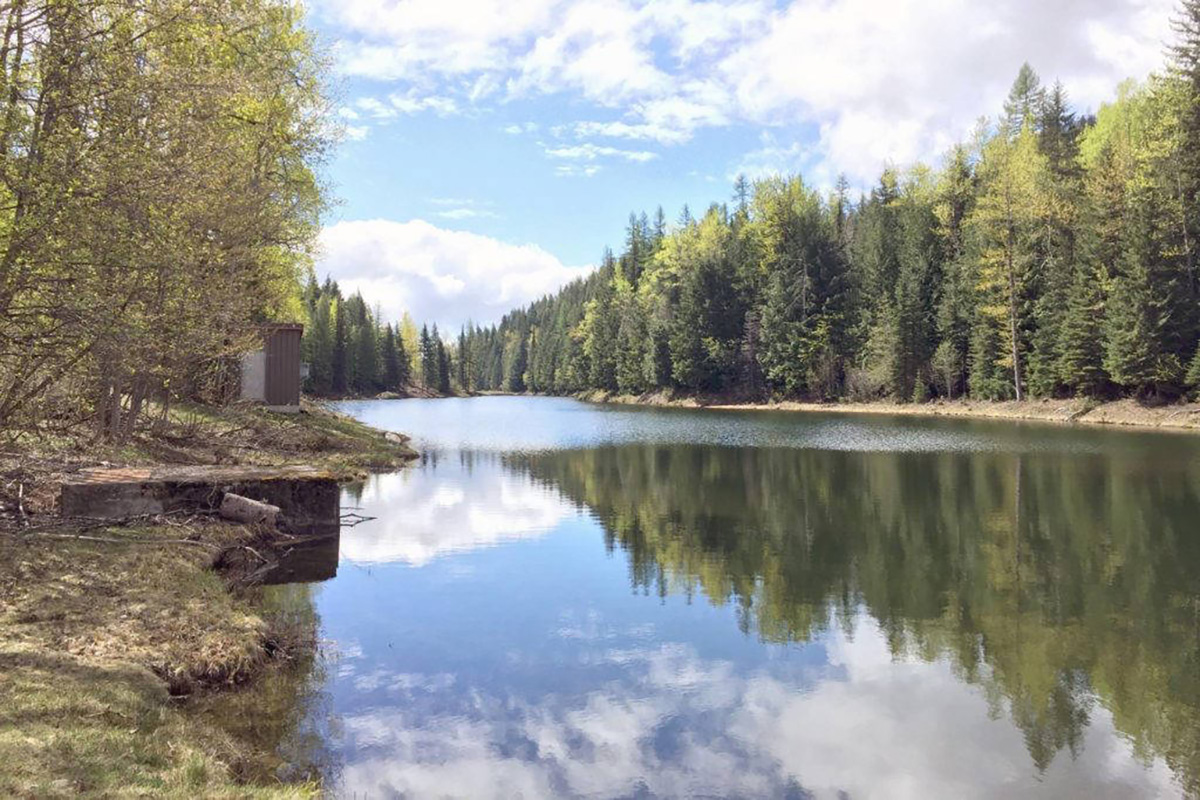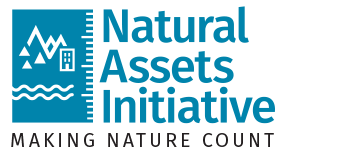Accounting for nature: meet the champions leading natural asset management in Rossland, BC
City integrates nature considerations into new procurement policy
Located just north of the Canada-U.S. border sits the City of Rossland, British Columbia. With a population of just over 4,000 people, Rossland is known for its natural beauty, from large swathes of forests to stunning mountains popular with skiing and hiking enthusiasts.
Nature is top-of-mind in Rossland — including within City Hall. Rossland, like many other local governments in Canada, has started their journey to integrate natural asset management practices into overall planning, finance, and strategy efforts.
Most recently, the City released an innovative new procurement policy that specifically requires staff to consider climate action commitments and use a natural asset-based approach when they acquire products or services.
Natural asset management (NAM) is — and always will be — improved through clear guidance, progressive action, and by building on the lessons and successes of leaders. In this case, Rossland’s policy not only helps the City make smart choices that help nature, but also sends a clear message to the market that affect everyone that wants to do business with it.
To learn more, NAI sat down with the City’s Chief Financial Officer, Mike Kennedy and Accountant, Justin Brogan, the champions behind Rossland’s breakout into NAM.

Mountain bikers facing Red Mountain – Photo Credit: Ryan Flett for Tourism Rossland
From nature to paper: getting NAM off the ground in Rossland, BC
“In asset management speak, we’ve probably got some of the sweatiest assets in Canada.”
That’s Mike Kennedy’s impression of the challenging state of Rossland’s grey infrastructure. And they’re not alone; it’s estimated that one third of Canada’s municipal infrastructure is in poor or very poor condition.
“We have $60 million of tangible assets on our balance sheet,” he continues. “And most of that is going to need to be replaced in the near future.” But, Rossland simply does not have the budget to manage these challenges without some very creative approaches.
When he joined the City two years ago, Mike began researching natural asset management, following the trail left by a previous colleague interested in the approach. When accountant Justin joined a year later, the two were inspired to find natural asset solutions, with aging stormwater infrastructure a first priority.
They began a discussion with the Public Works department to explore new investment priorities and approaches. Together, they recognized that halting some ongoing capital investment would give them options to benefit from more sustainable ecosystem services.
Says Mike: “Natural infrastructure is just a one-time, upfront investment — we’re not replacing a building every ten years, or a culvert every five years, and we incorporate it into our capital planning. From a cost savings perspective, the natural asset approach is going to save us a heap of money down the line across a number of areas.”
Regarding future stormwater management efforts, the City of Rossland is drawing inspiration from a number of emerging examples from across the country, notably the Grindstone Creek Watershed project. By analyzing the benefits of natural assets against replacement cost, this project valued stormwater services provided by the watershed at an estimated $2 billion, supporting progressive management and nature-based design considerations.
More opportunity for smaller cities
As more nature and climate considerations are being included as part of funding requirements, Rossland’s natural assets management efforts gave them an edge in securing grants. Specifically, by understanding their natural asset stock and service value, the City has a stronger case to align asset management and climate resilience when applying for grants through the Province of BC’s Infrastructure Planning Grant Program and Union of British Columbia Municipalities Asset Management Planning Grants.
“A growing inventory of natural asset related data is also helpful in getting the City prepared for increasing attention, and ultimately, reporting by the province and federal government on asset management-related reporting data” Mike adds.
For tiny communities like Rossland, maximizing on budget is imperative. However, there are advantages to being a small city when it comes to getting initiatives off the ground.
“We don’t get siloed by our departments,” says Justin Brogan. “It’s much easier [compared to larger cities] to get everyone into the boardroom and look at opportunities together.”
Natural asset management involves essentially every department, from planning and development to recreation and tourism.
“With the procurement piece, it’s amazing to see that way conversations have transformed from a year ago”, says Mike. “Now one of the first questions we ask is ‘can nature do this job better for us, or is it already doing it?’”
As Justin put it: “everyone’s adopting it”. They notice a shift in the language of their Public Works department — that team now parrots NAM when working with external engineers, who in turn are primed to consider how natural infrastructure relates to their own profession.
Now that the procurement policy is complete, Rossland is working towards their upcoming Asset Management (correction: Asset and Natural Asset Management) Plan, and a holistic Utilities Master Plan that incorporates natural assets.

Star Gulch Reservoir – Photo Credit: Tourism Rossland
Accountants can save the world
“Rossland’s surrounding areas have been impacted by wildfires, washouts of roads. We can see climate change hit us and hit us hard. When redesigning our infrastructure, it’s almost unconscionable not to be thinking about a way to build nature and resiliency in when it comes to addressing that big capital program, we’ll need to replace a lot of that 100-year-old infrastructure from when the town was established.”
– Mike Kennedy
It’s easy to assume a push for protecting greenspaces would start in a city’s recreation or sustainability department, but finance professionals have unique skillsets that offer an advantage to navigating green solutions.
“As CPAs, we look at things like risk management,” Justin explains. “That’s how we’re trained and that’s what we’re expected to do. We need to be aware of this, we need to be addressing this to make sustainable decisions — it’s an oversight if that’s not the case”.
Adds Mike, “It’s inspiring to see where the profession is going, and there’s certainly a huge push to ESG knowledge and systems thinking. I think it’s our role. We like to joke that accountants can save the world.”
Recognizing nature’s financial impacts is crucial for managing capital assets, not just because it makes sense for the bottom line, but because the profession has a huge impact on the world’s climate. For Justin and Mike, the motivation to lead natural asset management is partly due to personal interest, and partly because they recognize where the field of accounting is heading.
With the number of people earning their CPA designation on the decline, Mike emphasizes how sharing inspiring examples of what accounting can do has never been more important.
“This is another carrot to bring people into the profession. You’re working on a bigger picture and changing the profession as a whole — and I think this kind of work more appealing to a generation that has a different set of values. We’re bringing ESG into everything we do in our day to day.”
You can view the City of Rossland’s new Procurement Plan on their website.
The City of Rossland was one of six local governments who developed a natural asset inventory as part of a regional project in the Kootenays. Read that report here.
If you’re looking for more inspiration on how accountants can save the world, both Mike Kennedy and Justin Brogan share resources, lessons, and insights on LinkedIn.


